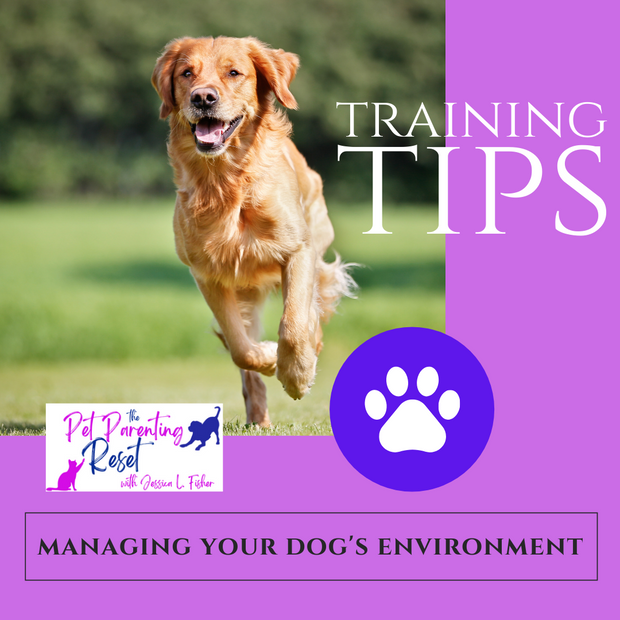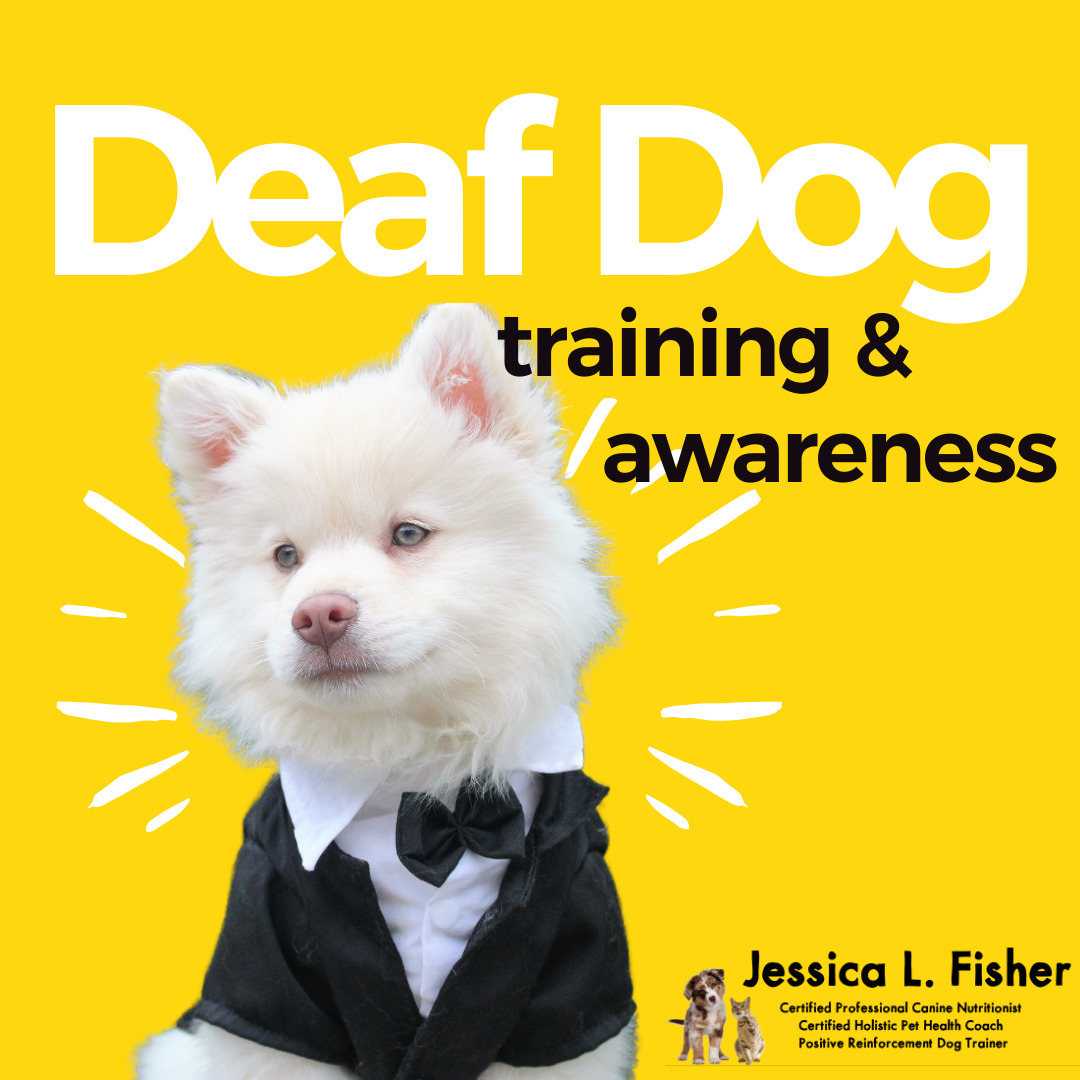One tip that I often give my in-home training clients is to manage their dog’s environment. This is usually a pretty foreign concept when I first introduce it, but it can be so very important to use as a tool throughout your dog’s lifetime.
When we think about “bad” behaviors, we can utilize both training and environmental management. So, what is environmental management? It’s the act of controlling your dog’s environment to prevent them from being reinforced for behaviors you don’t want.
Management is actually the #1 way to turn those bad behaviors around! There are certainly times where we would want to combine management with training, but the better we get at management, the easier life will be living with dogs (and lets face it, cats too)!
Sometimes we will manage the environment for a period of time while we train a new, more desirable behavior to our dog. Sometimes we need to manage the environment long-term. For instance, many dogs who are “reactive” will need environmental management long-term. It’s unrealistic to expect a dog who is fearful to interact with their trigger.
How do we use management in dog training?
Just like with my in-home training clients, I find that things are easier when broken down into steps.
Step One – Reframe the situation. Instead of saying “I want my dog to stop XYZ” let’s look at what you do want your dog to do instead.
Step Two – Manage. Here is where we figure out how to remove the reward that your dog is receiving from the unwanted behavior. Behaviors that are rewarded are reinforced and therefor your dog is more likely to do them again. For instance, when a dog is jumping, he is being engaged. The first thing we do is to discontinue the engagement.
Step Three – Train. Here is where we train the behavior we want to see in our dog. Reward the desired behavior, which increases the likelihood that your dog will choose to do it own his own the next time. In the instance of a jumping dog, we reward for all four paws on the floor.
Learning these three steps can make a huge difference at how we look at dog training.
Management + Training
The key here is to combine management and training. If we rely on management alone, for instance putting up baby gates to keep the dog away from the cat, without ever training our dog to act appropriately around the cat or even doing a proper introduction, then we are doing a disservice to everyone in the home, dog and cat included.
Baby gates are a great management tool, but they do need to be used in combination with positive reinforcement training to achieve the desired result. In the future, if management becomes necessary, it will be like second nature to you.
Management Alone
There are some instances where it is feasible to use management alone. These cases are usually instances of humans needing training! My husband always says that I’m really a human trainer 🙂
For example, if you want to stop your dog from drinking from the toilet, the most appropriate solution here is to shut the toilet lid. Or if you leave your shoes by the front door and you want your dog to stop chewing on your shoes, the most appropriate action is to put your shoes away.
Let Them Play!
I can’t end this post without reminding everyone that dogs are not robots and they have biological needs. Dogs need enrichment, both physical and mental, so while it’s great to train and manage the environment, we also need to make sure we are allowing our dog plenty of time for play and providing enriching experiences that let them be a dog!
Always remember, your dog is doing the best they can with the tools they have available to them. Help them by giving them new tools and rewarding the positive behaviors!




